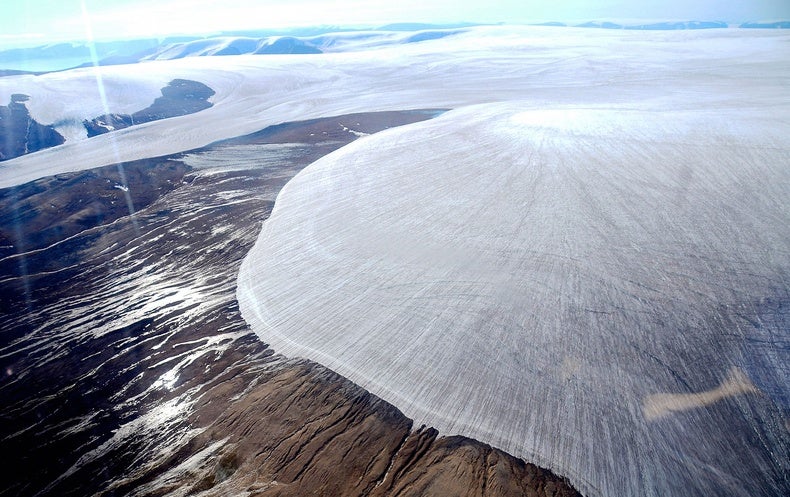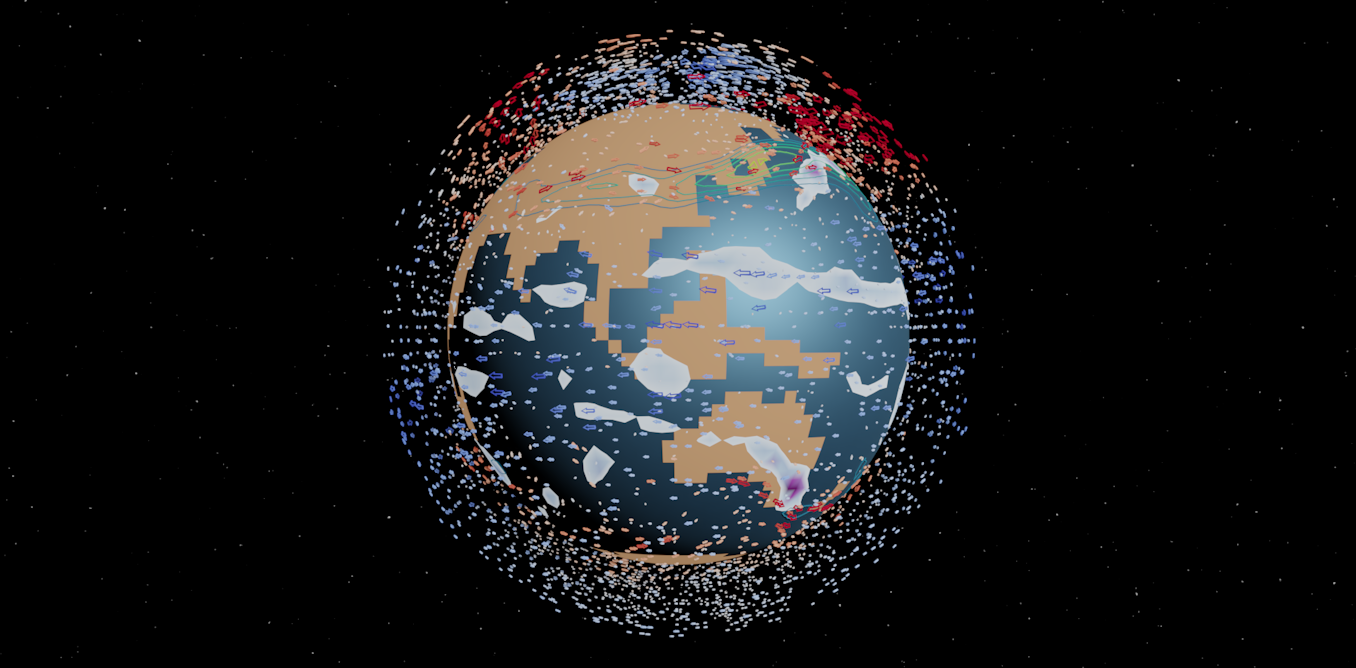There’s a favorite argument among those who doubt mainstream climate science: climate models overestimate the rate at which the Earth is warming.
This claim resurfaces time and time again and is often based on single instances of uncertainty or hand-picked data. Various studies have looked closely at individual climate models in recent years and have generally found them to work quite well.
A to study released yesterday took the exercise to the next level. The research examines in detail all published global climate models from the 1970s to 2007, including the models used in the first three reports of the Intergovernmental Panel on Climate Change.
“It’s always a sign you’re on a good project when your first thought is, ‘Why hasn’t anyone done this before? worked with Massachusetts Institute of Technology scientists Henri Drake and Tristan Abbott and NASA scientist Gavin Schmidt. “No one has really gone back and put together all the predictions from the old models that were in the literature, partly because climate models have changed so much.”
Most of these models have long since become obsolete, replaced by much more advanced generations. And yet most of them were accurate in their projections of how the Earth would warm in the years after they were released in response to greenhouse gas emissions. Fourteen out of 17 models turned out to be correct.
The new study highlights a crucial, but sometimes overlooked, point about how climate models work. The amount of warming they predict is a direct consequence of the greenhouse gas emissions they assume for the future. And it’s notoriously difficult to accurately predict carbon emissions — it depends on many human factors, including population growth, economic shifts, and shifts in the energy landscape.
The study suggests that many of the models criticized in the past were accurately simulating the relationship between temperatures and greenhouse gases after all – it’s just that their assumptions about future carbon emissions didn’t match the emissions that were actually produced in the following years. .
In other words, if scientists went back and entered the exact levels of greenhouse gas emissions that actually occurred after the models were released, their predictions of future warming would have been accurate.
One example is a famous climate model developed by NASA researcher James Hansen, whose congressional testimony on climate change in the 1980s helped thrust the issue into the public spotlight. Hansen’s 1988 model ultimately predicted about 50% more warming for decades to come than actually happened, giving fodder to skeptics’ arguments that scientists were exaggerating the global warming issue.
But the problem with Hansen’s model was not its physique, point out Hausfather and his colleagues. The model assumed higher emissions of methane and chlorofluorocarbons, two potent greenhouse gases, than actually occurred. That’s partly because the model didn’t account for the future impact of the Montreal Protocol, an international agreement to phase out the use of chlorofluorocarbons with the aim of reversing the hole in the carbon dioxide layer. ozone.
“If you went back and ran this model again with the actual levels of CO2 in the atmosphere and methane and chlorofluorocarbons, you would have gotten a value indistinguishable from the warming that we actually observed,” Hausfather said.
Considerable challenges remain for new generations of climate models.
On the one hand, making precise assumptions about future greenhouse gas emissions remains a problem. Scientists approach it with increasingly complex suites of possible future emissions scenarios, meaning their simulations include a wide range of potential trajectories.
There are also many fine-scale physical processes on Earth that models still struggle to capture. Clouds, for example, are notoriously difficult to represent in global climate models, but scientists believe they will have a significant influence on future climate. The same goes for the behavior of aerosols, or particles in the atmosphere.
As models become more advanced, there is more and more emphasis on improving these kinds of details.
But the new study suggests that the general conclusions drawn by models about global warming have been largely accurate for decades. And that means there’s a lot of confidence that newer and improved models are getting the basics right too.
“They didn’t overestimate the warming, but at the same time it’s not warming any faster than we thought,” Hausfather said. “He’s warming up pretty much the way we thought he would.”
Reprinted from Climatewire with permission from E&E News. E&E provides daily coverage of the essential energy and environmental news onwww.eenews.net.




